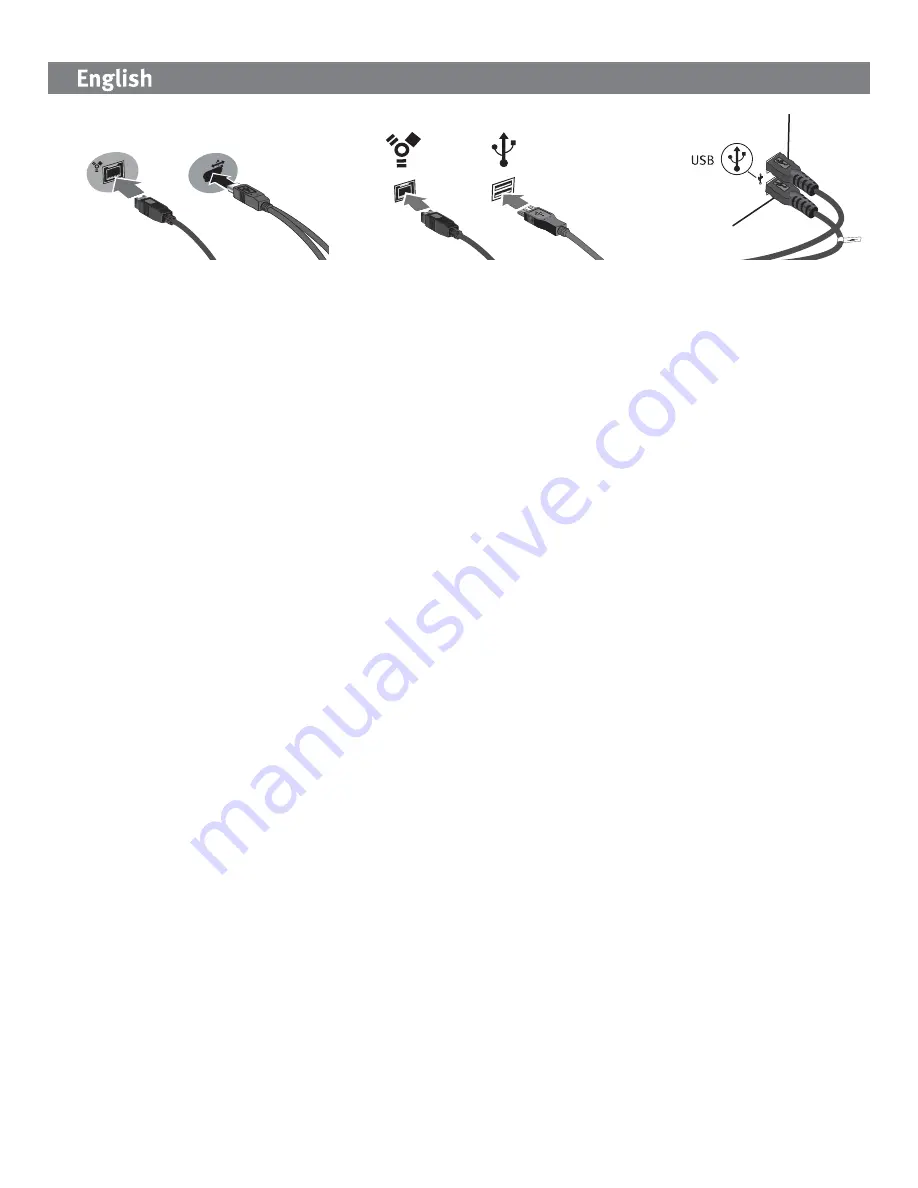
2
Quick Install
1. Identify the appropriate cable and connect it to the back of the drive.
2. Connect the other end of the cable to the port on your computer. Make sure the drive is connected
to only one interface (FireWire or USB).
3.
USB:
The short line on the USB cable provides auxiliary power and is needed only if the USB host
connection does not provide sufficient power through the other line.
Mac Users:
The drive should mount and appear on the Mac Desktop.
PC Users:
Your computer will not recognize the drive until it is reformatted. See instructions below.
Formatting the Drive for Windows
CAUTION!
Reformatting the drive will erase all existing data!
1. Open Windows Disk Management (right click on
My Computer
, select
Manage
, and click on
Disk
Management
).
2.
Windows 7/Vista Users:
Select
Master Boot Record
as the partition style and click
OK
.
Windows XP Users:
If the Disk Wizard opens, click
Next
. Select the disk, click
Next
, then
Finish
.
If the Wizard does not open, locate the drive in the lower list. Look for a disk that does not show a
drive letter or file system. Right click on the drive name and select
Initialize Disk
, then click
OK
.
3. The drive will now appear as
Unallocated
and the bar will be black. Right click on the black bar and
select
New Simple Volume
(Windows 7/Vista) or
New Partition
(Windows XP).
4. When the Wizard opens, click
Next
at each screen to select the default options and format the drive
NTFS.
NOTE:
If you want to use the drive cross-platform, you can use
Mac OS X Disk Uitlity
or the
Iomega
FAT32 Formatter
to change the format to FAT32. Visit the support area on
www.iomega.com
for detailed
instructions.
���
���
���

















